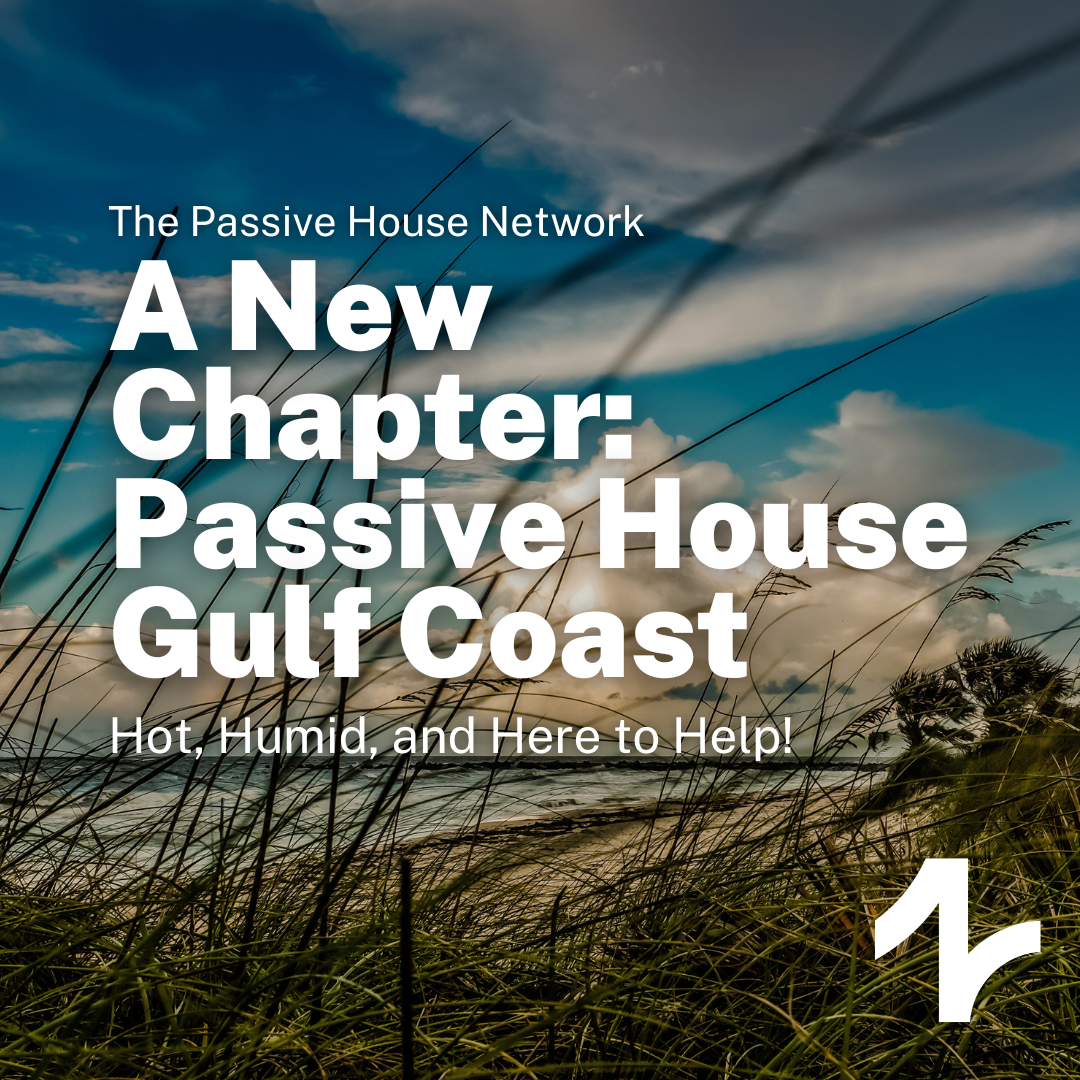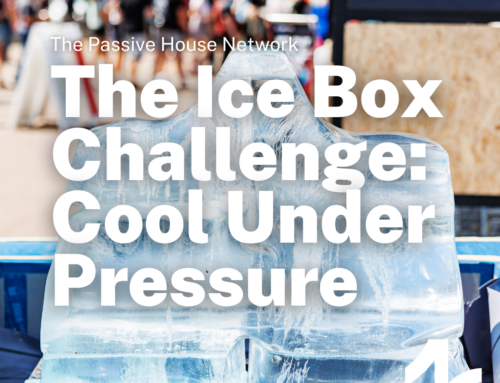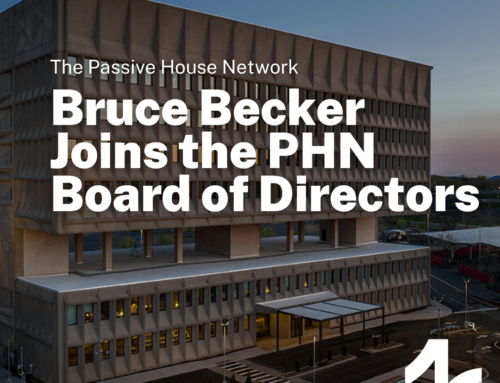Passive House Gulf Coast:
Hot, Humid, and Here to Help!
The Passive House Network Welcomes Passive House Gulf Coast, a new PHN Chapter organized around Hot and Humid Building.
Passive House enthusiasts looking to discuss applying Passive House building standards in hot and humid climates need to look no further. Passive House Gulf Coast (PHGC), a new chapter of the Passive House Network, will hold its first meeting this month. While the Chapter members are most prominently based in the Gulf Coast region, anyone interested in learning more about the unique building circumstances that hot and humid climates pose is encouraged to attend.
“Passive House Gulf Coast is happy to get kicked off promoting PHI strategies in hot and humid climates in the US,” said Blake Smith, Certified Passive House Tradesperson, Texas resident, and one of PHGC’s founding members. “We feel that there are a lot of opportunities for our communities to embrace the building techniques of PHI in our environment. We are looking for our buildings to become a solution to the energy demands in our area.”
While the main principles of Passive House design are followed in hot and humid climates in the same way as anywhere else, the challenges can be different. Instead of focusing on preventing heat loss, designs shift to manage heat gain and control humidity at the enclosure construction and interior space to robustly support occupant health. Passive House Gulf Coast seeks to put these challenges front and center in their discussions of Passive House designing and building.
However, establishing the Gulf Coast chapter is about more than creating a space to discuss specific climate topics. “It’s about fostering a community of designers, consultants, and builders who are equipped with the skills and knowledge to deliver high-performance buildings in challenging environments,” David Komet, Certified Passive House Designer, Texas resident, and another of PHGC’s founding members, notes. “This chapter can serve as a hub for sharing research, best practices, and case studies specifically tailored to the unique demands of the climate.”
Passive House Gulf Coast members hope that the chapter will play a crucial role in training and certifying designers, consultants, and tradespeople, both locally and nationally. With the population increasing rapidly in cities within hot and humid climates like Houston, Miami, and Atlanta, the demand for sustainable housing is also likely to grow. As it does, the founders of PHGC aim to grow their membership so that they can connect designers and builders to the necessary resources and ensure a resilient, comfortable, efficient built environment.
“No more bugs crawling in and conditioned air blowing out. No more mold and mildew. Come on down and drink the Passive House sweet tea with the newest PHN Chapter!” said David Thomas from Mississippi, the third Founding Member of PHGC. Those who are able to join will certainly be welcomed with charm, hospitality, and good old fashioned building science.
The first PHGC Chapter Meeting will be on September 17th at Noon CT. David Komet will present his latest Passive House project–a Pickleball Center! Register here.





